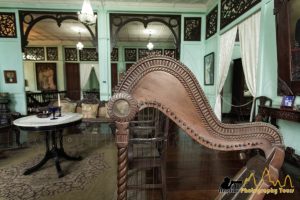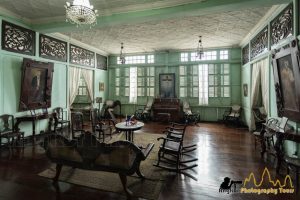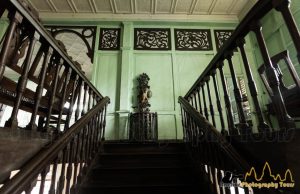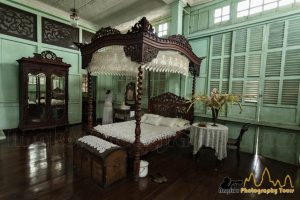The existing Cambodian railway system covers 650 kilometers and consist of two lines: The Northern line (386 km) , built between 1929 and 1942 during the French Protectorate and the Southern line (266 km) which was built later in the 60’s. It was then operated under the name of CHEMINS DE FER ROYAUX DU CAMBODGE ( C.F.R.C.). The tracks suffered a lot during the war and from the lack of maintenance afterwards.
Freight and passenger trains were definitely put out of service in 2007. The project of rehabilitation of the network had many setbacks as it was on the pipeline since 2013
The railway is being rehabilitated since 2016 by the government with the help of the Asian Development Bank, the Australian Agency for International Development and China. Poipte-Phnom Pen is actually only only a small part of the much bigger Trans-Asia railway, projected initiated in 1995, that will connect Singapore to Kunming in China. and finally in 2016 Sihanoukville and Kampot opened. 2018 is an important year is it should be the year when passengers can travel from Phnom Penh to Poipet and maybe even Bangkok.
This is a railway master plan in Cambodia running between 2014 and 2031 and beyond which plan to to add 3 more lines, 8 branch lines, 4 high speed lines, 5 industrial railway and 4 access railway. The lines which have the priority are the one connecting to Vietnam.
Sisophon- Poipet (48 kilometers)
This section of the Northern line is particularly important as it connects Sisophon in Banteay Meanchey province to the city of Poipet, the main international border to Thailand. The line was completed in 1942 by the French but suffered a lot of damage during the Pol Pot regime when the line was destroyed.
After many setbacks (the line was initially planned to be opened in 2008), service resumed on the 4th April 2018 after 40 years of interruption. In May 2018, two passenger cars and one freight car were running once a day. The current train schedule is a departure at 9 am and arriving at Poipet a around 11 am. Rehabilitation of the Poipet train station was near completion in May 2018.
The train station in Sisophon is quite small with few ticket counters, it has some interesting art deco architecture with a rounded rooftop. It has been cleaned up and had a paint job with bright yellow and blue colors probably in march 2018.
Toggle content title...
The railway line opened again on the 29th April 2018 and follow the NR5 all the way to Battambang.
Battambang- Pursat (107 kilometers)
The train is scheduled to resume service on the 29th of May 2018.


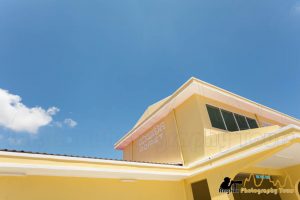
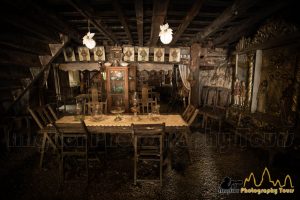
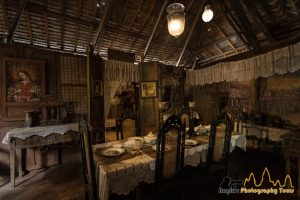
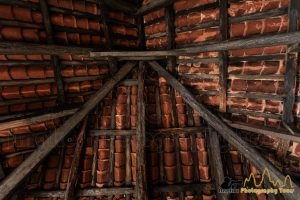
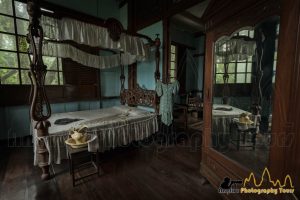
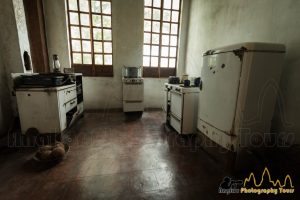
 Access to the second floor of Balay Negrense
Access to the second floor of Balay Negrense Interior of one of the six bedrooms of Balay Negrense mansion
Interior of one of the six bedrooms of Balay Negrense mansion